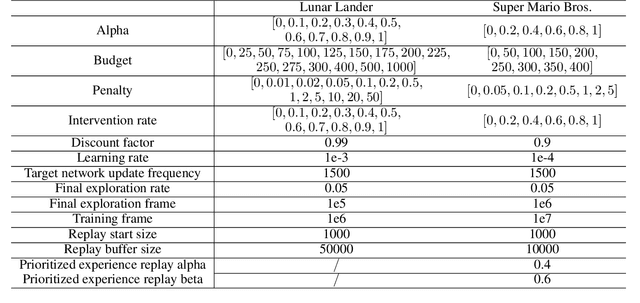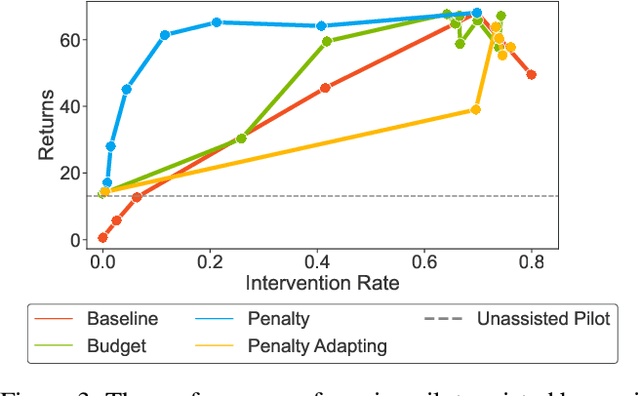Nicholas Perello
Towards an AI Accountability Policy
Jul 25, 2023


Abstract:This white paper is a response to the "AI Accountability Policy Request for Comments" by the National Telecommunications and Information Administration of the United States. The question numbers for which comments were requested are provided in superscripts at the end of key sentences answering the respective questions. The white paper offers a set of interconnected recommendations for an AI accountability policy.
Marrying Fairness and Explainability in Supervised Learning
Apr 06, 2022



Abstract:Machine learning algorithms that aid human decision-making may inadvertently discriminate against certain protected groups. We formalize direct discrimination as a direct causal effect of the protected attributes on the decisions, while induced discrimination as a change in the causal influence of non-protected features associated with the protected attributes. The measurements of marginal direct effect (MDE) and SHapley Additive exPlanations (SHAP) reveal that state-of-the-art fair learning methods can induce discrimination via association or reverse discrimination in synthetic and real-world datasets. To inhibit discrimination in algorithmic systems, we propose to nullify the influence of the protected attribute on the output of the system, while preserving the influence of remaining features. We introduce and study post-processing methods achieving such objectives, finding that they yield relatively high model accuracy, prevent direct discrimination, and diminishes various disparity measures, e.g., demographic disparity.
On Optimizing Interventions in Shared Autonomy
Jan 01, 2022



Abstract:Shared autonomy refers to approaches for enabling an autonomous agent to collaborate with a human with the aim of improving human performance. However, besides improving performance, it may often also be beneficial that the agent concurrently accounts for preserving the user's experience or satisfaction of collaboration. In order to address this additional goal, we examine approaches for improving the user experience by constraining the number of interventions by the autonomous agent. We propose two model-free reinforcement learning methods that can account for both hard and soft constraints on the number of interventions. We show that not only does our method outperform the existing baseline, but also eliminates the need to manually tune a black-box hyperparameter for controlling the level of assistance. We also provide an in-depth analysis of intervention scenarios in order to further illuminate system understanding.
 Add to Chrome
Add to Chrome Add to Firefox
Add to Firefox Add to Edge
Add to Edge